Cloud Security Posture Management – The CISO’s Essential Guide
Cloud Security Posture Management (CSPM) has emerged as an essential component in the modern CISO’s security arsenal. As organizations increasingly adopt cloud-first strategies, the complexity of managing security across dynamic, multi-cloud environments presents unprecedented challenges. CISOs today must balance the need for robust security with the organization’s drive for digital transformation and operational efficiency. CSPM […] The post Cloud Security Posture Management – The CISO’s Essential Guide appeared first on Cyber Security News.

Cloud Security Posture Management (CSPM) has emerged as an essential component in the modern CISO’s security arsenal. As organizations increasingly adopt cloud-first strategies, the complexity of managing security across dynamic, multi-cloud environments presents unprecedented challenges.
CISOs today must balance the need for robust security with the organization’s drive for digital transformation and operational efficiency. CSPM provides the framework to maintain visibility, ensure compliance, and automate security processes across cloud infrastructure.
This guide explores how forward-thinking security leaders can leverage CSPM to strengthen their organization’s cloud security posture while enabling business growth and innovation in an increasingly cloud-dependent world.
Understanding Cloud Security Posture Management and Its Strategic Value
Cloud Security Posture Management encompasses the tools, processes, and methodologies used to continuously monitor, assess, and enhance the security configuration of cloud environments.
Unlike traditional security approaches, CSPM is specifically designed to address the unique challenges of cloud infrastructure, where rapid provisioning, dynamic scaling, and shared responsibility models fundamentally change how security must be implemented.
For CISOs, the strategic value of CSPM lies in its ability to provide centralized visibility across multi-cloud environments, which is crucial as organizations often utilize services from multiple providers simultaneously.
The dynamic nature of cloud computing makes manual security processes impractical and ineffective. CSPM tools address this limitation by automating the detection of misconfigurations, vulnerabilities, and policy violations.
This automation enables security teams to identify potential risks before they can be exploited and implement remediation measures promptly. Furthermore, CSPM solutions offer continuous compliance monitoring, ensuring that cloud environments adhere to regulatory requirements and industry standards such as GDPR, HIPAA, PCI-DSS, and organizational security policies.
This automated compliance capability significantly reduces the burden on security teams while providing CISOs with the assurance that their cloud infrastructure maintains required compliance postures.
Key Challenges and Implementation Strategies
Implementing effective CSPM across an enterprise presents several challenges that CISOs must navigate strategically. Understanding these challenges and developing appropriate strategies is essential for successful CSPM adoption:
- Misunderstanding the shared responsibility model – Many organizations struggle to delineate security responsibilities between themselves and cloud providers. CISOs must clearly define these boundaries and ensure that security teams understand their obligations within the shared responsibility framework.
- Multi-cloud complexity management – Different cloud providers offer varying security controls and terminology, creating complexity in maintaining consistent security policies. Implementing a unified CSPM approach that provides standardized visibility and control across all cloud environments is crucial.
- Balancing security with DevOps velocity – Security measures must not impede the speed and agility that drive cloud adoption. CISOs should integrate CSPM into the DevOps pipeline to identify and address security issues early without disrupting development workflows.
- Managing identity and access controls – Improper access management remains one of the leading causes of cloud security breaches. Implementing robust identity governance and privilege management across cloud environments is essential for maintaining security integrity.
- Addressing governance and compliance requirements – Regulatory requirements continue to evolve, requiring organizations to adapt their cloud security practices continuously. CISOs must ensure that CSPM tools support current compliance frameworks while remaining flexible enough to accommodate new regulations.
Addressing these challenges requires a strategic approach that combines technology, processes, and people. CISOs should prioritize establishing clear cloud security policies, investing in CSPM solutions that integrate with existing security infrastructure, and fostering collaboration between security and cloud operations teams.
Building Resilience through Effective CSPM Adoption
Building resilience in cloud environments requires a proactive and adaptive approach to security posture management. CISOs must transition from traditional, perimeter-based security models to comprehensive cloud-native security frameworks that emphasize continuous monitoring and automated response.
Effective CSPM implementation serves as the foundation for this transition, providing the visibility and control necessary to secure increasingly complex cloud environments.
Zero Trust Architecture (ZTA) has become an essential component of resilient cloud security. By implementing CSPM within a broader zero trust framework, organizations can ensure that every access request is fully authenticated, authorized, and encrypted, regardless of its origin.
This approach significantly reduces the risk of lateral movement within cloud environments, limiting the potential impact of security breaches. CSPM tools support ZTA implementation by continuously validating cloud configurations against security baselines and identifying potential vulnerabilities that could compromise zero trust principles.
Continuous monitoring and automated threat detection form another critical pillar of cloud resilience. CSPM solutions enable security teams to detect anomalous activities and configuration changes in real-time, facilitating rapid response to potential security incidents.
By leveraging automation for routine security tasks, organizations can focus human expertise on addressing complex security challenges and strategic initiatives.
By integrating CSPM into the broader security strategy and fostering a security-first culture throughout the organization, CISOs can build truly resilient cloud environments that support business objectives while protecting critical assets. The journey toward cloud security resilience is continuous, requiring ongoing adaptation and improvement as both cloud technologies and security threats evolve.
Find this News Interesting! Follow us on Google News, LinkedIn, & X to Get Instant Updates!
The post Cloud Security Posture Management – The CISO’s Essential Guide appeared first on Cyber Security News.











































































































































































![[The AI Show Episode 144]: ChatGPT’s New Memory, Shopify CEO’s Leaked “AI First” Memo, Google Cloud Next Releases, o3 and o4-mini Coming Soon & Llama 4’s Rocky Launch](https://www.marketingaiinstitute.com/hubfs/ep%20144%20cover.png)














































































































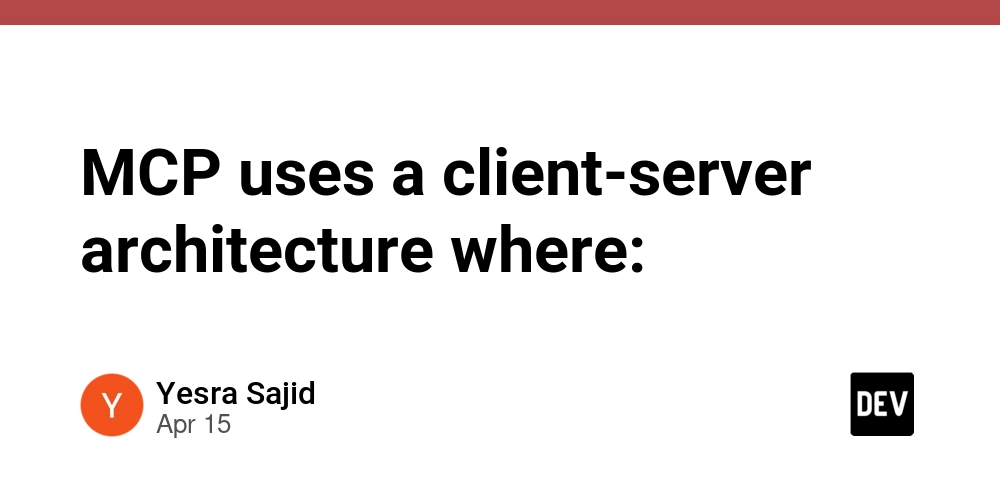
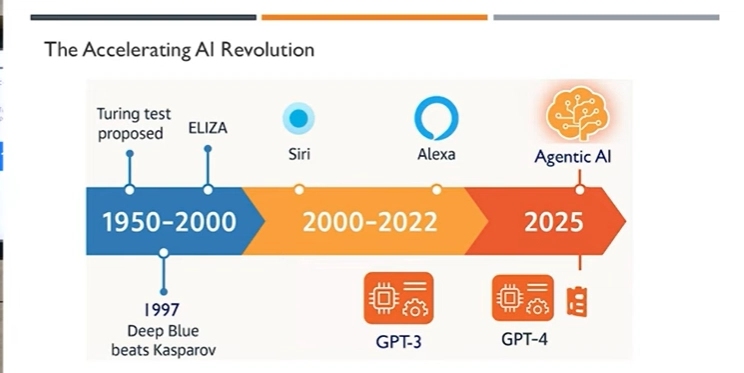

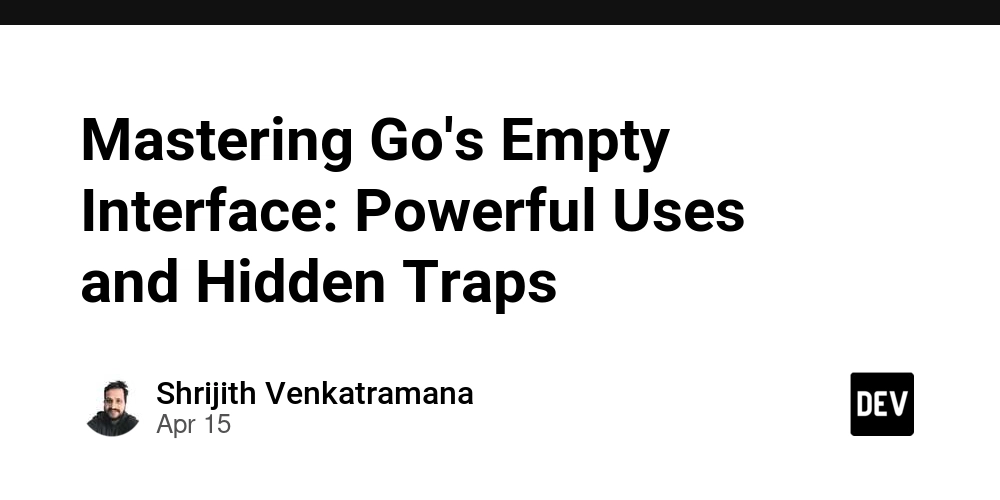






















































































































.png?#)








-Baldur’s-Gate-3-The-Final-Patch---An-Animated-Short-00-03-43.png?width=1920&height=1920&fit=bounds&quality=70&format=jpg&auto=webp#)























_Aleksey_Funtap_Alamy.jpg?width=1280&auto=webp&quality=80&disable=upscale#)




















































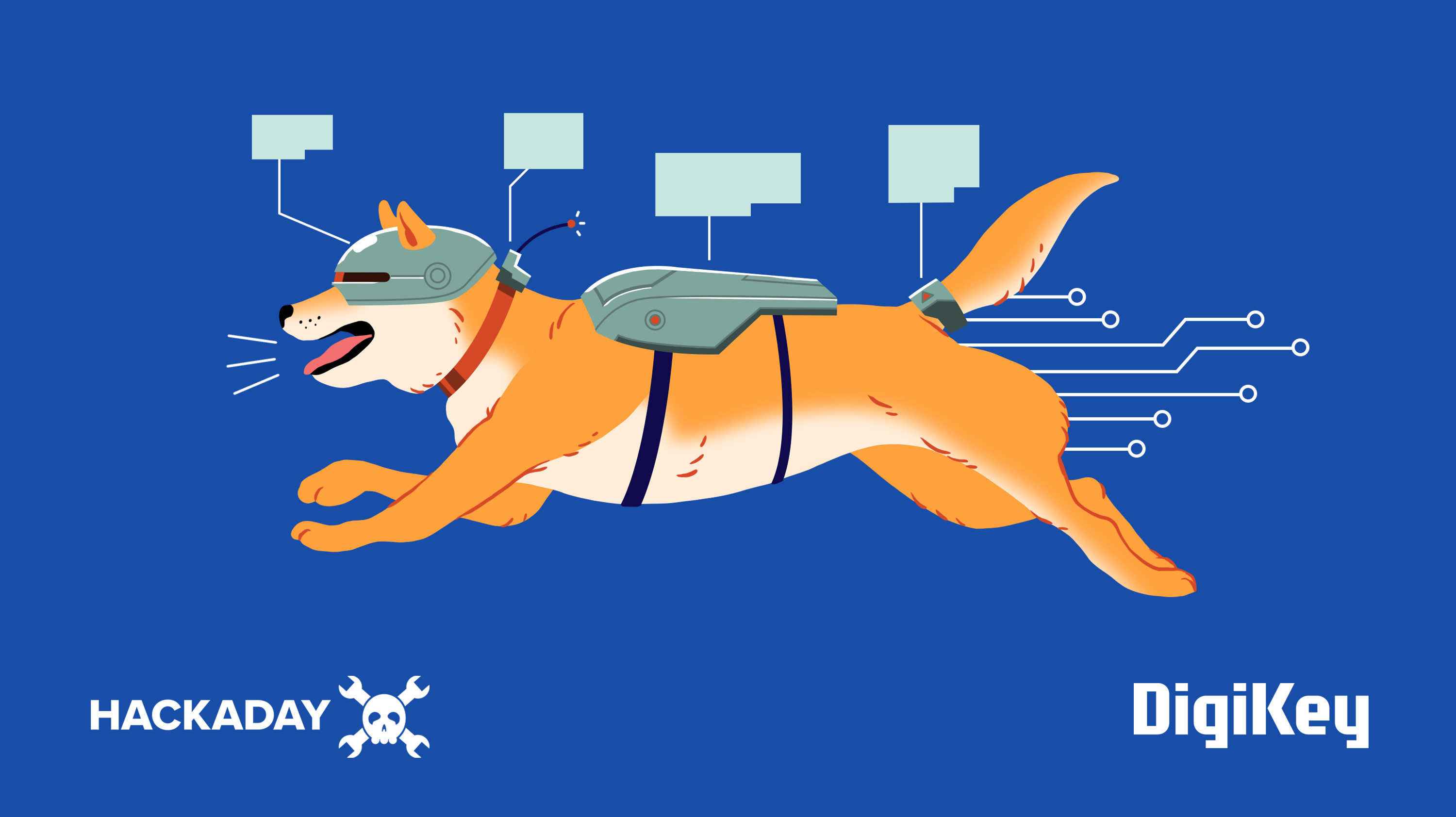






















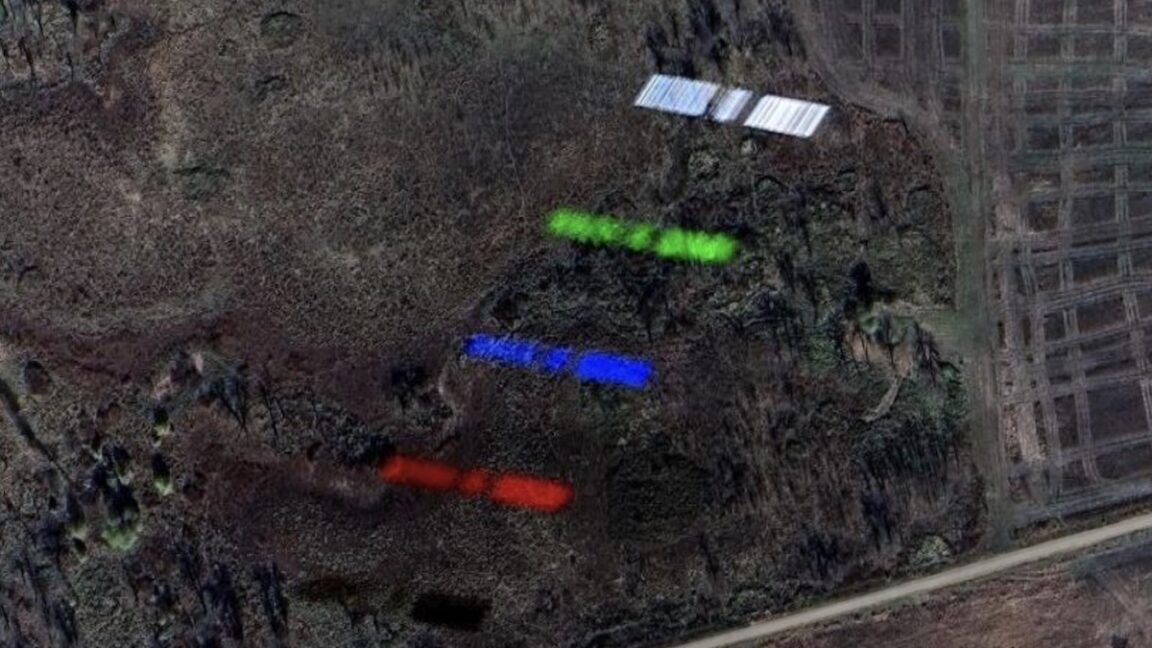
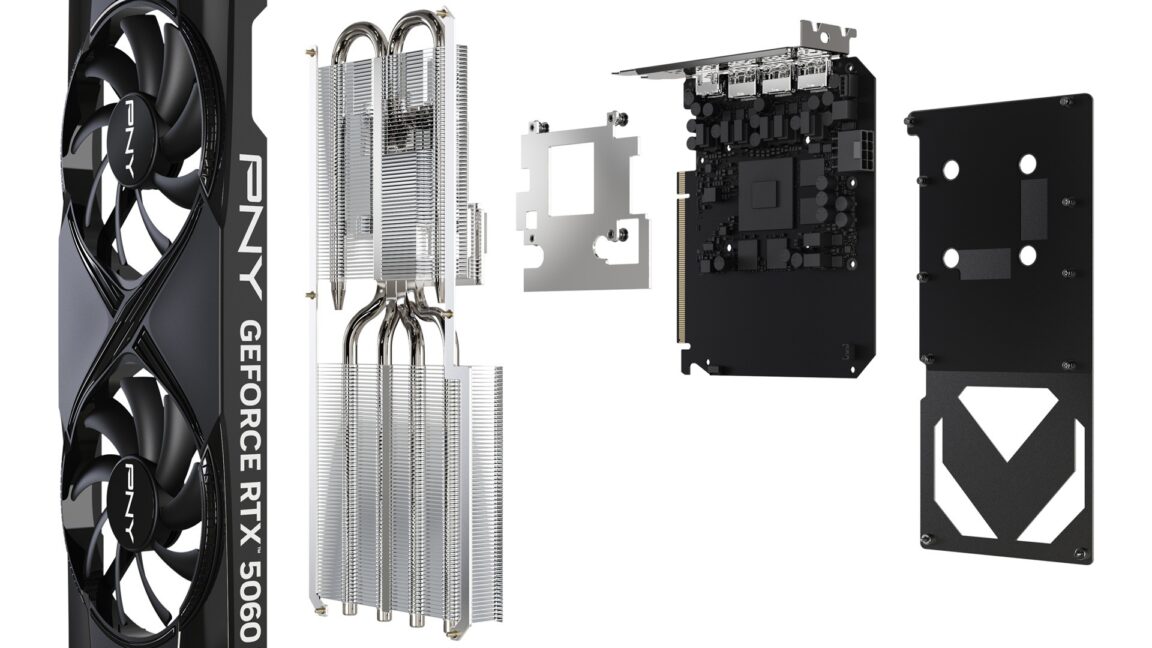






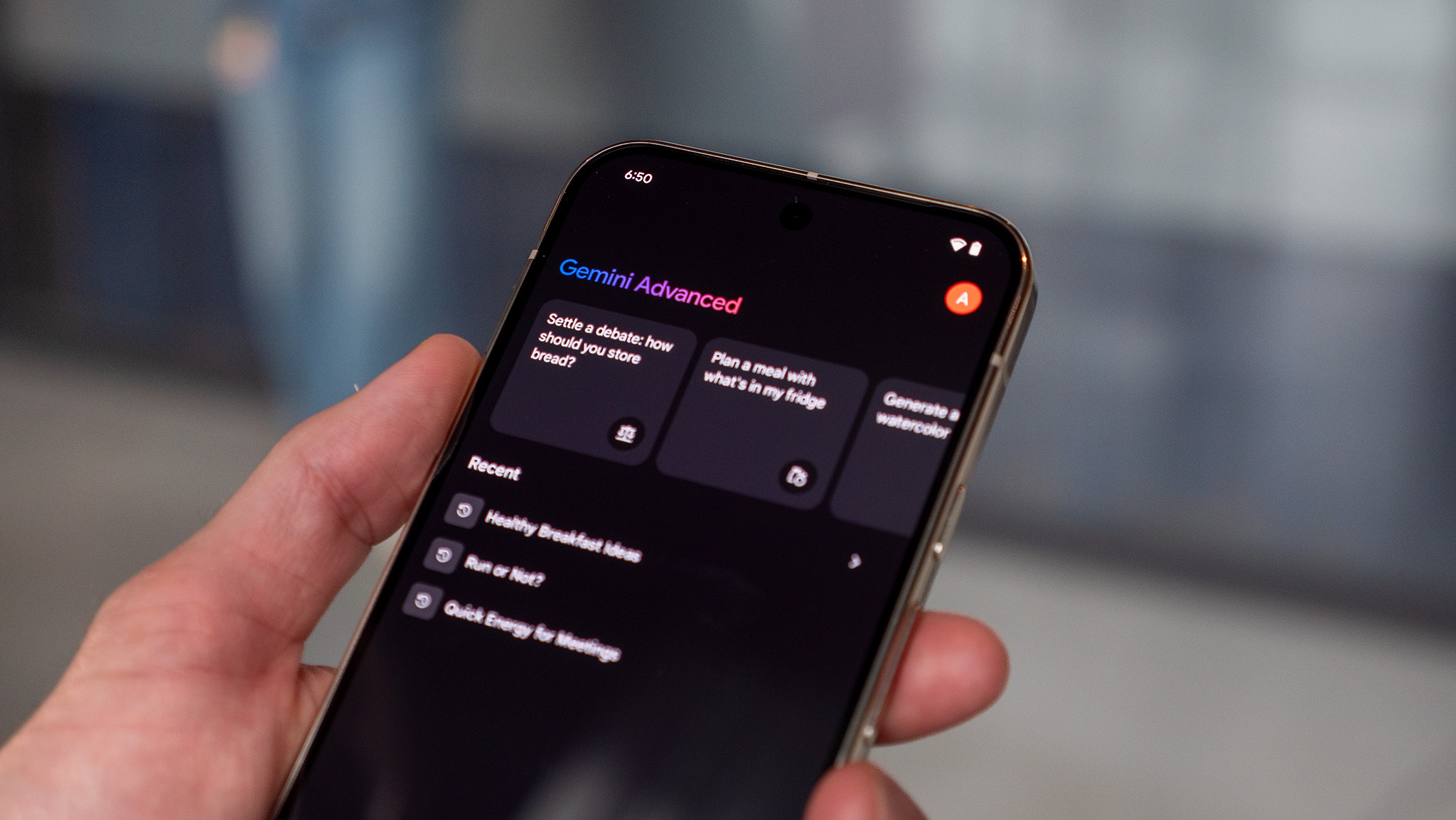


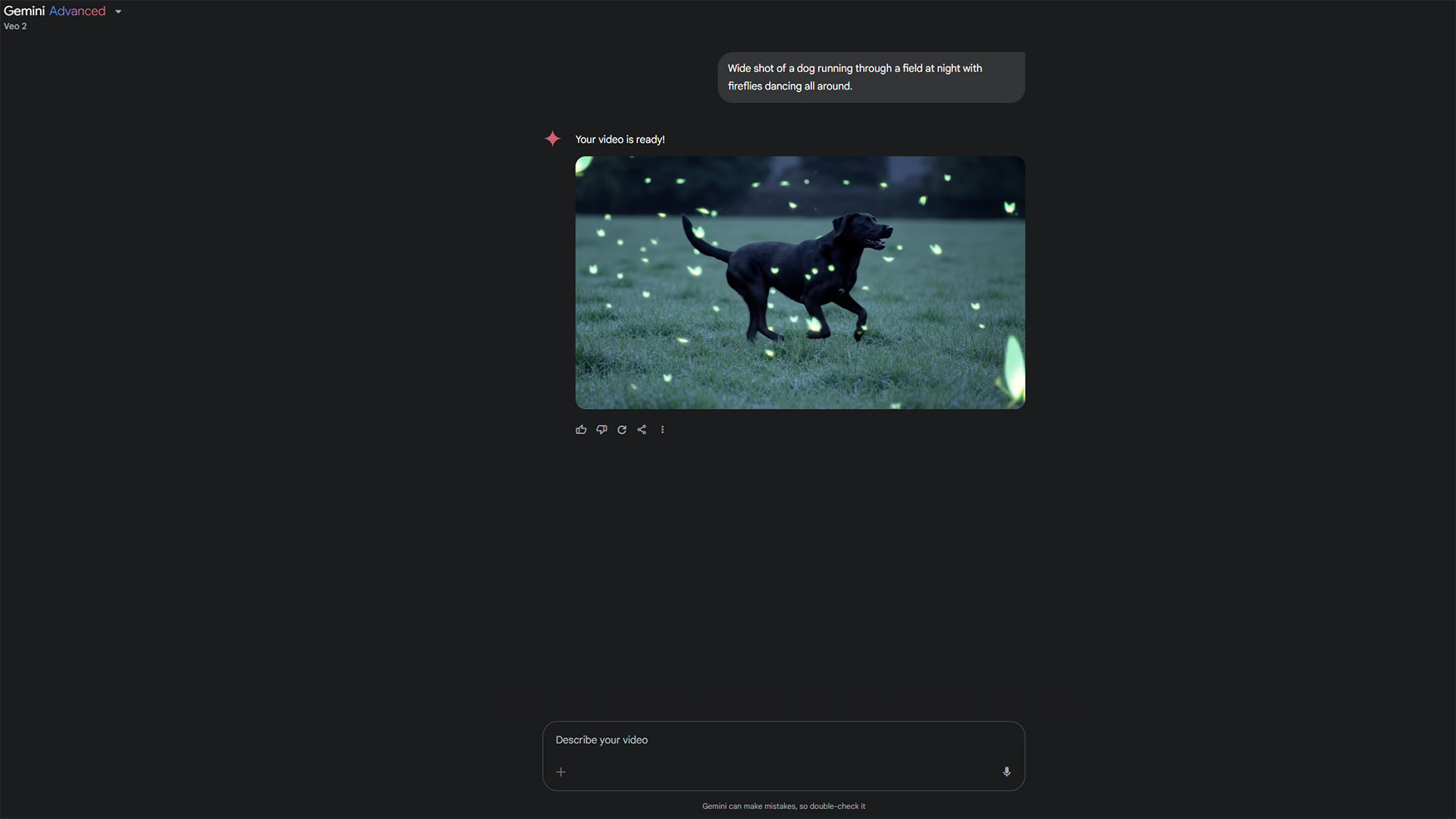





















![Apple's Foldable iPhone May Cost Between $2100 and $2300 [Rumor]](https://www.iclarified.com/images/news/97028/97028/97028-640.jpg)
![Apple Releases Public Betas of iOS 18.5, iPadOS 18.5, macOS Sequoia 15.5 [Download]](https://www.iclarified.com/images/news/97024/97024/97024-640.jpg)
![Apple to Launch In-Store Recycling Promotion Tomorrow, Up to $20 Off Accessories [Gurman]](https://www.iclarified.com/images/news/97023/97023/97023-640.jpg)
















































































































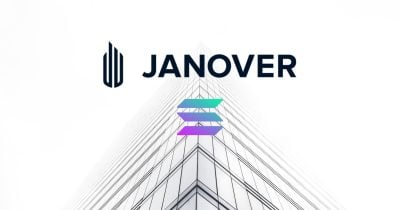


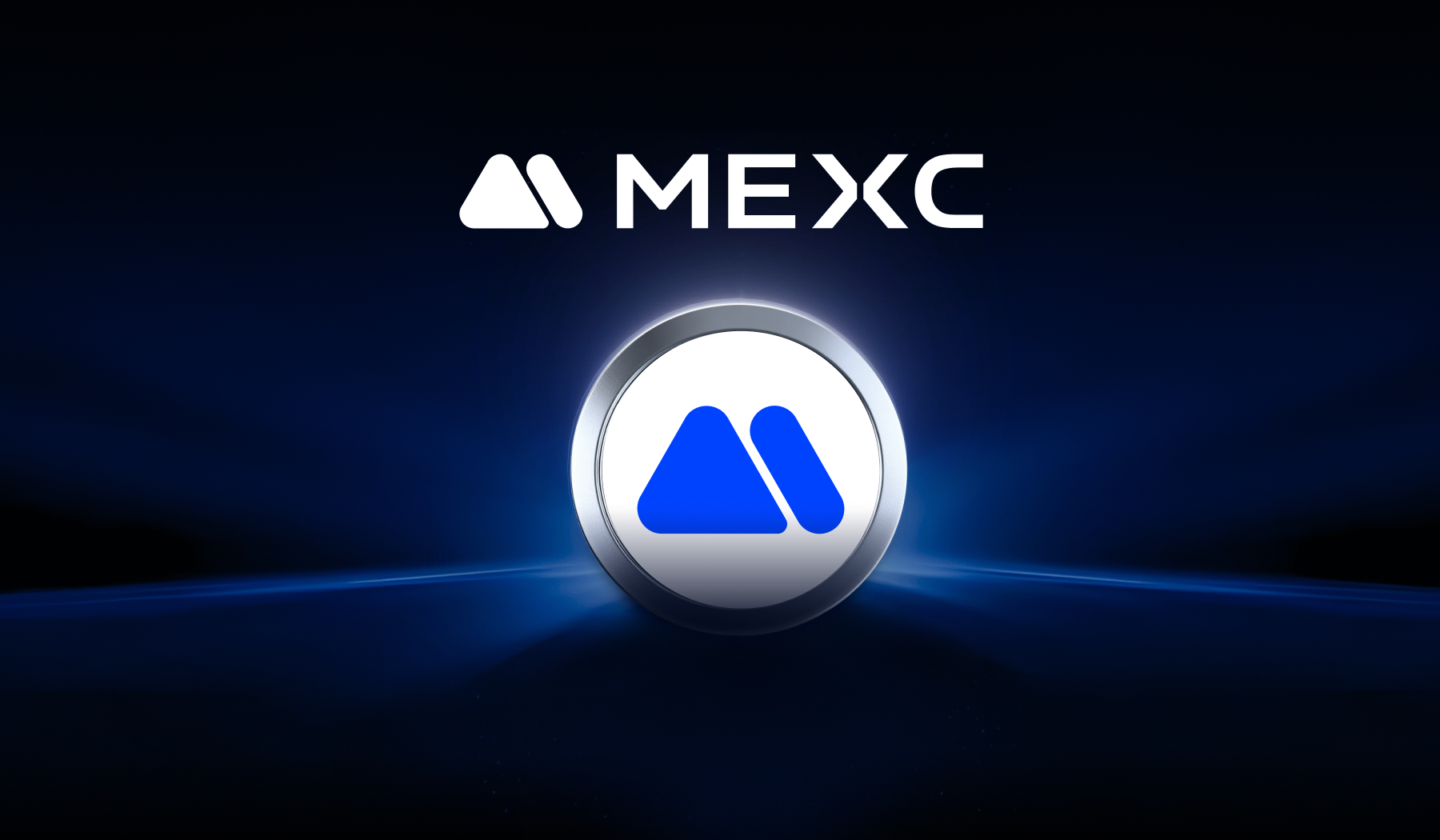














.webp?#)
.webp?#)

